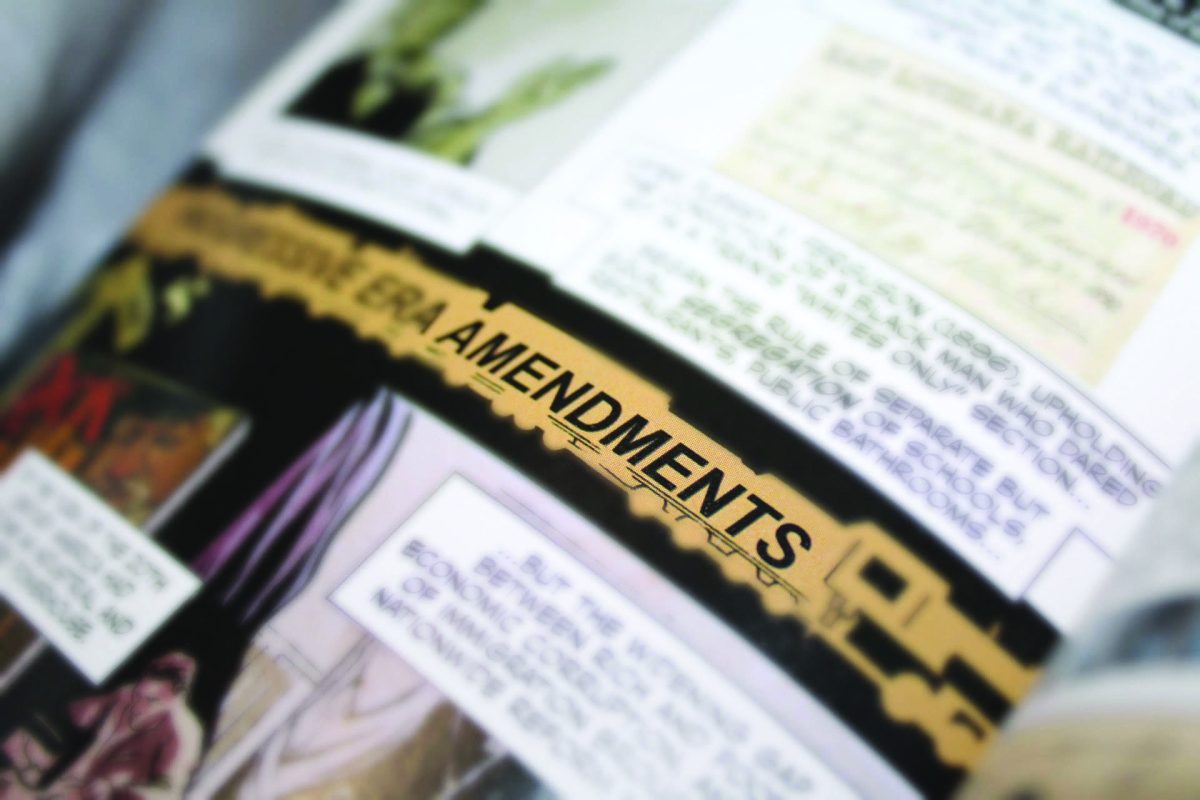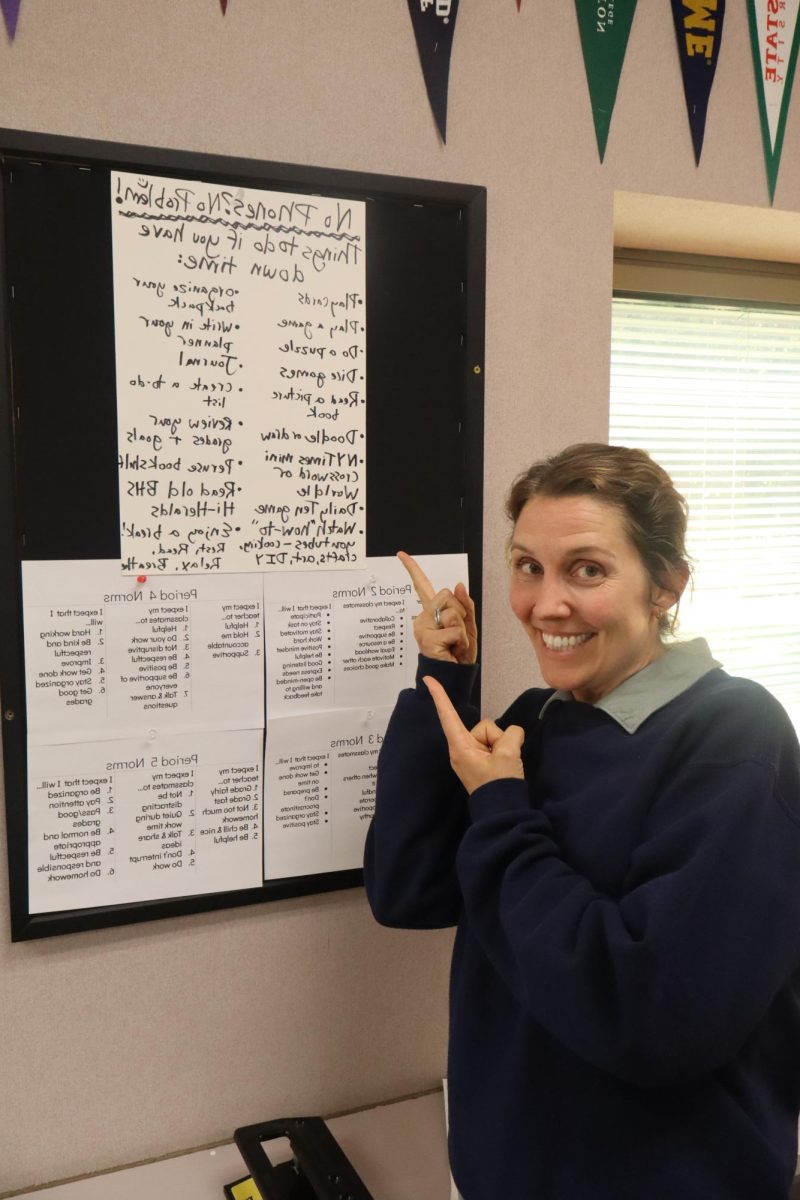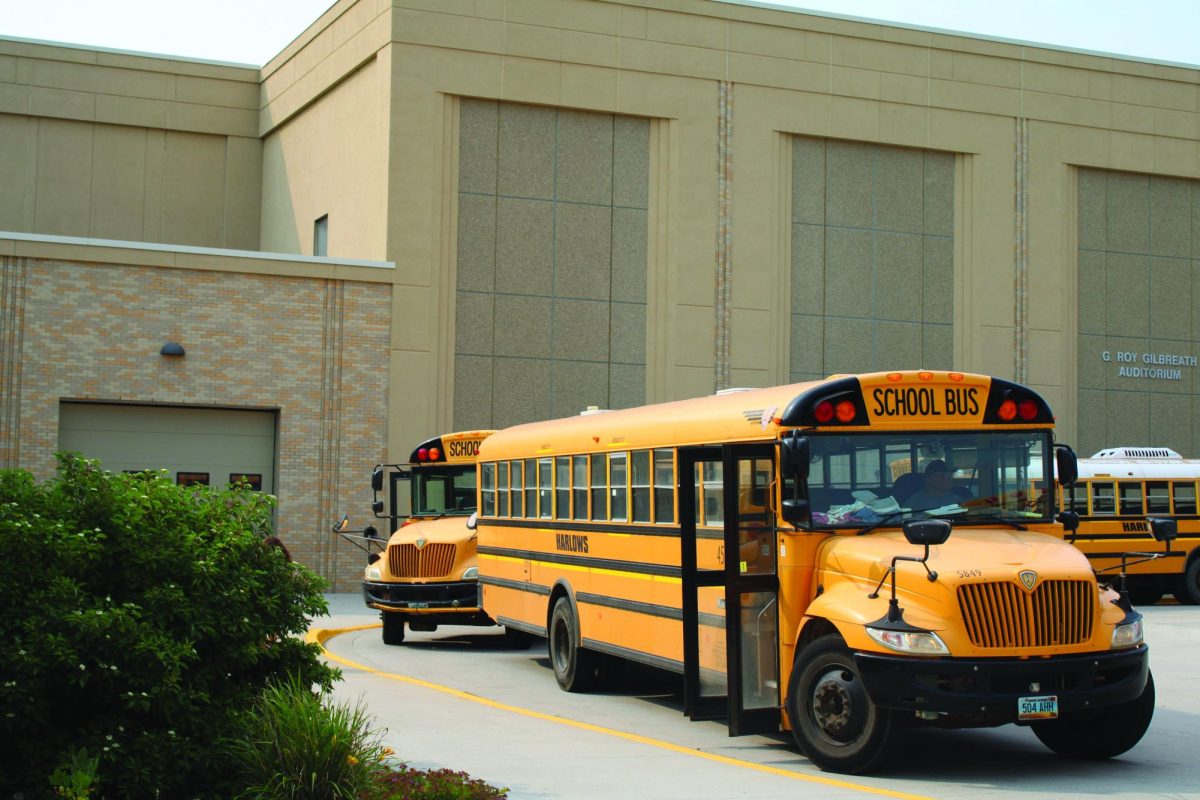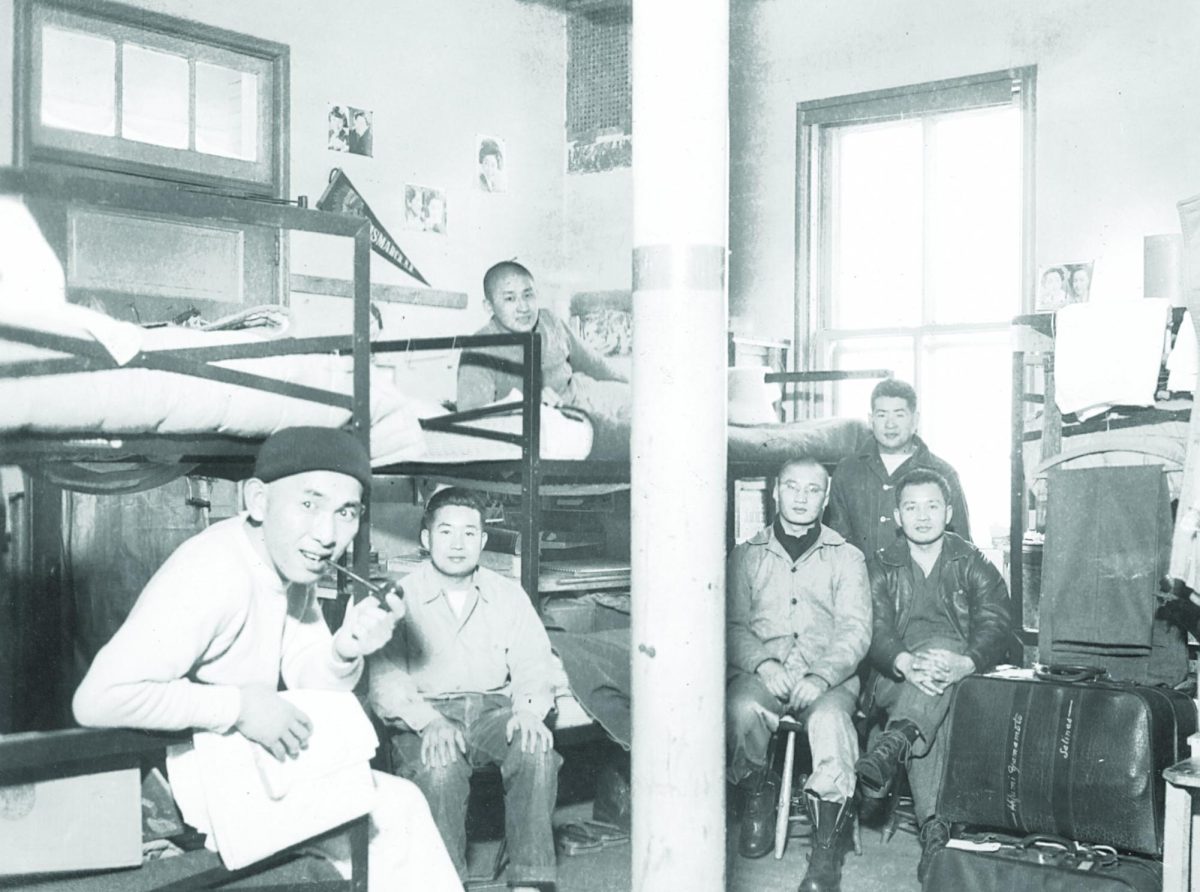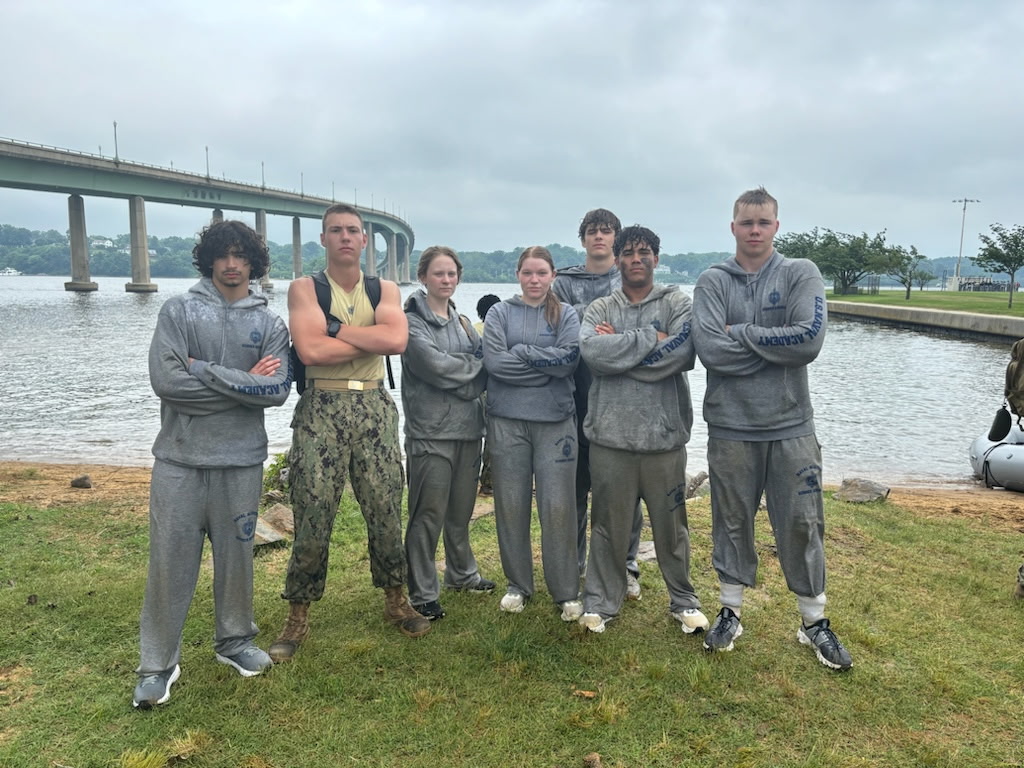The Freedom Forum, an organization aiming to clear up some of the misconceptions when it comes to America’s freedom, has been educating Americans for over thirty years now. David Callaway is the Freedom Forum’s Religious Freedoms Specialist and Kevin Goldberg, their First Amendment Specialist are considered experts in the first amendment. Their entire job is to seek out different ways the first amendment is being used in the world and to write about it.
There are many misconceptions with the first amendment and what it actually covers in everyday life. The first amendment is split into five sections, freedom of speech, freedom of the press, freedom of assembly, the right to petition, and freedom of religion. When it comes to freedom of speech, it is not as simple as everyone can say what they want and get away with it, there do seem to be limitations.
“This protection is not absolute. There are a few categories of speech that are exempt from First Amendment protection [this includes but is] not limited to obscenity, defamation, true threats, fighting words, [and] incitement to imminent lawless violence,” Goldberg said. “The government can punish speakers or compel speech in certain limited instances where it can demonstrate the existence of a compelling need to take action.”
As Goldberg said, Americans have freedom of speech, but it is limited. If the spoken or posted words were seen as dangerous or harmful, the government is allowed to step in. The official phrase is “no shouting fire in a crowded theater,” meaning that if there is avoidable harm, then the police are allowed to step-in in order to avoid it. However, this is treated a little differently when it comes to social media.
“Social media platforms, as private businesses, are not bound by the First Amendment and, in fact, receive First Amendment protection themselves,” Goldberg said. “This means they can curate content on the platform as they like without fear of punishment.”
Since posts made on social media platforms do not qualify for the same protections that spoken words do and since the social media businesses are technically “private,” they are run differently. Social media platforms are allowed to post whatever they like as long as they are not causing any physical harm or threats. Posting on social media is very similar to posting something in the paper, so they are treating similarly.
“Freedom of the press is often viewed as an extension of freedom of speech and subject to the same analytical framework,” Goldberg said. “The very high bar in defamation cases offers significant protections for reporters to aggressively chase stories and scrutinize public officials and public figures. A reporter who puts in the time and effort to chase a story the right way is unlikely to be held liable for defamation.”
When we narrow the first amendment down to its five different sections, there is the second most unclarity with freedom of religion. Obviously, most Americans understand that they can practice whichever religion they would like, but when one brings it up in the school setting it tends to get a little complicated.
“Prayer in school shows how both the establishment and free exercise clauses of the First Amendment are necessary to fully protect the rights of all Americans. The establishment clause prohibits teachers or other school officials from leading students in prayer,” Callaway said. “Forcing students to pray violates the First Amendment because it “establishes” one religion over another (and religion over nonreligion). On the other hand, the free exercise clause prevents the government from stopping students from praying as long as it’s not disruptive.”
Students, as well as teachers, are allowed to perform their own religion on school grounds as long as they are not being disruptive or “pushing it” onto their students or fellow classmates. Straying more towards what is relatable to high school students, students do not lose their given first amendment rights once they walk into the school doors.
“Thanks to the 1969 Supreme Court decision in Tinker v. Des Moines Independent School District, A school may only punish students for speech that either (1) materially or substantially disrupts the learning environment or (2) infringes on the rights of others,” Goldberg said. “But in the 1988 case of Hazelwood School District et al. v. Kuhlmeier, the Supreme Court said that schools have greater power to restrict speech within the context of school sponsored activities such as classroom projects and school-sponsored publications like student newspapers and yearbooks.”
High schoolers, and teenagers in general, seem to have a lot to say. During high school, kids change the most and become the most expressive. They are not afraid to spread their opinions or complain about what they believe needs to be changed, and, as long as it is not disruptive, the school is not allowed to punish the student for it.
“Students generally have the right to speak out about causes they believe in, wear expressive clothing, hairstyles and makeup and even engage in in-school protests as long as they aren’t materially disruptive to the school atmosphere,” Goldberg said. “The school would need to demonstrate the actual existence of a disruption or a reasonably specific forecast to restrict student speech in these cases.”
There is a lot of confusion when it comes to what is and is not protected under the first amendment, and the constitution in general, in America. However, it seems to cover everything it needs to.
“I would not change anything about this First Amendment framework. It has been proven to be flexible and adaptable to any situation,” Goldberg said.
List of misconceptions given by Goldberg and Callaway:
Congress shall make no law (the First Amendment applies to all branches and all levels of government)
Lying is not protected by the first amendment (you cannot be punished for lying unless some additional harm is present)
Offensive, hateful, and racist speech are not protected by the First Amendment (all are protected by the First Amendment unless some other exception applies – like incitement to imminent lawless violence, true threats, fighting words, or obscenity)
The First Amendment only prohibits the government from restricting your speech (the First Amendment also protects you from being compelled to speak)
Everyone enjoys First Amendment protections equally (certain speakers receive less protection, like government employees and students)
Truth is the ultimate defense (actually, a defendant does not have to prove his or her statement is true in a defamation lawsuit, the plaintiff must prove the statement is false).
You can protest anytime, anywhere – if your speech is not illegal (certain time, place and manner restrictions are allowed)
Neither students nor teachers can pray in public schools or at school events (students and teachers can pray in public schools as long as it is non-disruptive. Teacher can never lead students in prayer, but they can pray quietly and privately.)
Separation of church and state is explicit in the constitution (While the words “separation of church and state” never appear in the constitution, the establishment clause has long been understood as a wall of separation between these two important spheres of human activity. The religious freedom clauses of the First Amendment clearly separate religion from government rule.)
Politicians must shed their religion when serving as an elected official (politicians, like all Americans, can bring their religion into the public square. They cannot however use religion as the sole basis of a law or other government action)
The United States is a Christian Nation (the United States is one of the most religiously diverse nations in history. While most Americans are Christian, the religious freedom clauses of the First Amendment prevent the government from using any religion to govern all.
The Government cannot restrict religious practices (like speech, the government can restrict religious practice when it has a compelling interest and does so in the least restrictive means possible).

